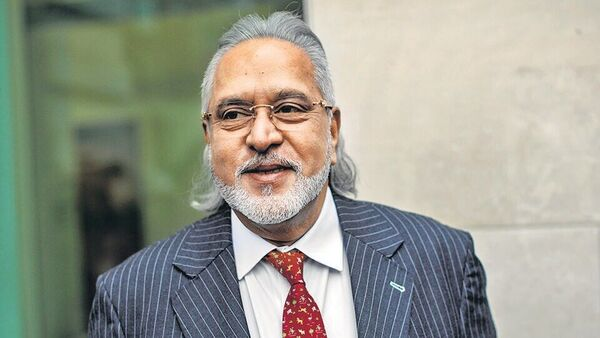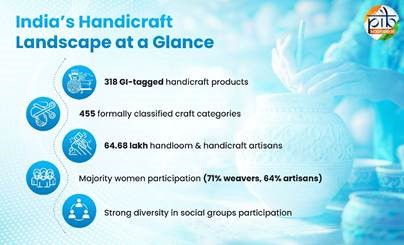Description
Context: The Reserve Bank of India (RBI) announced the operationalisation of the payment infrastructure development fund (PIDF) scheme, which is intended to subsidise deployment of payment acceptance infrastructure in tier-3 to tier-6 centres, with a special focus on the north-eastern states of the country.
- An advisory council (AC) under the chairmanship of RBI deputy governor BP Kanungo has been constituted for managing the PIDF.
- The fund will be operational for three years effective from January 1, 2021 and may be extended for two more years.
- The PIDF presently has a corpus of Rs 345 crore, with Rs 250 crore contributed by the RBI and Rs 95 crore by the major authorised card networks in the country.
- The authorised card networks shall contribute in all Rs 100 crore.
- The card issuing banks shall also contribute to the corpus based on the card issuance volume — covering both debit and credit cards — at the rate of `1 and `3 per debit and credit card issued by them, respectively.
- PIDF shall also receive annual contributions from card networks and card issuing banks.
- Card networks will have to chip in with one basis point (bps), or 0.01 paisa per rupee of transaction.
- While setting parameters for utilisation of funds, the focus shall be to target those merchants who are yet to be terminalised (merchants who do not have any payment acceptance device.
- Merchants engaged in services such as transport and hospitality, government payments, fuel pumps, public distribution system (PDS) shops, healthcare and kirana shops may be included, especially in the targeted geographies.
- Multiple payment acceptance devices and infrastructure supporting underlying card payments, such as physical PoS, mPoS, GPRS , public switched telephone network (PSTN) and QR code-based payments will be funded under the scheme.
- As the cost structure of acceptance devices vary, subsidy amounts shall accordingly differ by the type of payment acceptance device deployed.
- A subsidy of 30% to 50% of cost of physical PoS and 50% to 75% subsidy for Digital PoS shall be offered.
- Payment methods that are not interoperable shall not be considered under the PIDF.
- The subsidy shall not be claimed by applicants from other sources like the National Bank for Agriculture and Rural Development (Nabard), etc.
- In case other mechanisms exist for providing subsidy or reimbursing cost of deployment of acceptance infrastructure, no reimbursement shall be claimed from PIDF.
- The subsidy shall be granted on a half-yearly basis, after ensuring that performance parameters are achieved, including conditions for ‘active’ status of the acceptance device and ‘minimum usage’ criteria, as defined by the AC.
- The minimum usage shall be termed as 50 transactions over a period of 90 days and active status shall be minimum usage for 10 days over the 90-day period.
- The subsidy claims shall be processed on a half-yearly basis and 75% of the subsidy amount shall be released.
- The balance 25% shall be released later subject to the status of the device being active in three out of the four quarters of the ensuing year.
- The scheme is on reimbursement basis; accordingly, the claim shall be submitted only after making payment to the vendor.
- The maximum cost of physical acceptance devices eligible for the subsidy will be Rs 10,000, including one-time operating costs up to Rs 500.
- The maximum cost of digital acceptance devices eligible for subsidy will be Rs 300, including a one-time operating cost up to Rs 200.
- The implementation of targets shall be monitored by the RBI with assistance from card networks, the Indian Banks’ Association (IBA) and the Payments Council of India (PCI).
- Acquirers shall submit quarterly reports on the achievement of targets to the RBI.
- Acquirers meeting or exceeding their targets well in time and/or ensuring greater utilisation of acceptance devices in terms of transactions shall be incentivised.
- Those who do not achieve their targets shall be disincentivised, by scaling up or down the extent of reimbursement of subsidy.
https://www.financialexpress.com/economy/rbi-operationalises-payment-infra-development-fund/2165068/










